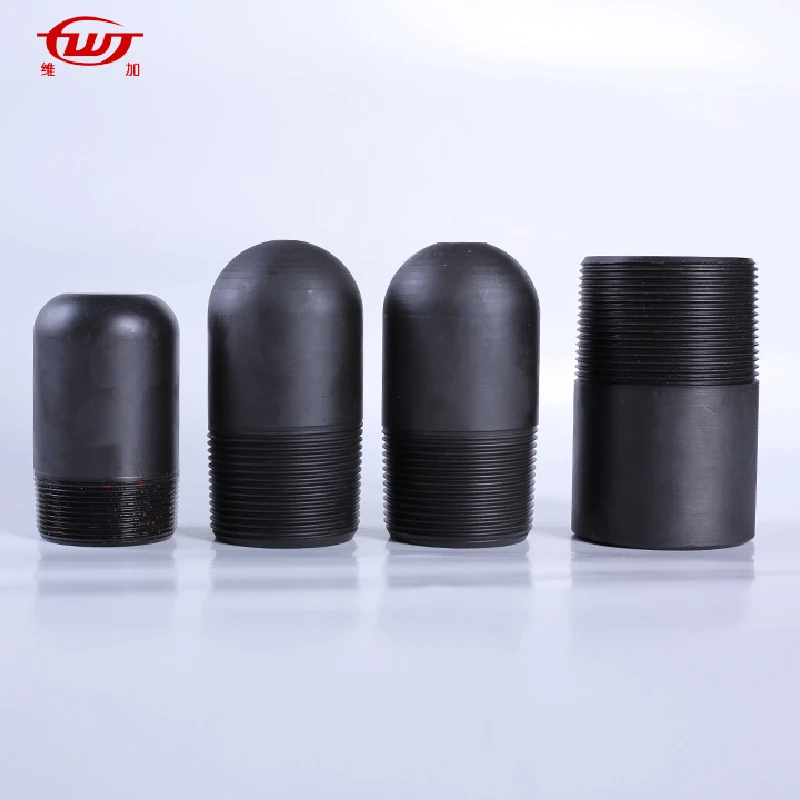- Afrikaans
- Albanian
- Amharic
- Arabic
- Armenian
- Azerbaijani
- Basque
- Belarusian
- Bengali
- Bosnian
- Bulgarian
- Catalan
- Cebuano
- Corsican
- Croatian
- Czech
- Danish
- Dutch
- English
- Esperanto
- Estonian
- Finnish
- French
- Frisian
- Galician
- Georgian
- German
- Greek
- Gujarati
- Haitian Creole
- hausa
- hawaiian
- Hebrew
- Hindi
- Miao
- Hungarian
- Icelandic
- igbo
- Indonesian
- irish
- Italian
- Japanese
- Javanese
- Kannada
- kazakh
- Khmer
- Rwandese
- Korean
- Kurdish
- Kyrgyz
- Lao
- Latin
- Latvian
- Lithuanian
- Luxembourgish
- Macedonian
- Malgashi
- Malay
- Malayalam
- Maltese
- Maori
- Marathi
- Mongolian
- Myanmar
- Nepali
- Norwegian
- Norwegian
- Occitan
- Pashto
- Persian
- Polish
- Portuguese
- Punjabi
- Romanian
- Russian
- Samoan
- Scottish Gaelic
- Serbian
- Sesotho
- Shona
- Sindhi
- Sinhala
- Slovak
- Slovenian
- Somali
- Spanish
- Sundanese
- Swahili
- Swedish
- Tagalog
- Tajik
- Tamil
- Tatar
- Telugu
- Thai
- Turkish
- Turkmen
- Ukrainian
- Urdu
- Uighur
- Uzbek
- Vietnamese
- Welsh
- Bantu
- Yiddish
- Yoruba
- Zulu
casing threads and couplings
Understanding Casing Threads and Couplings in Oil and Gas Operations
In the oil and gas industry, the extraction of hydrocarbons from deep beneath the Earth's surface is a complex process that relies heavily on various components. Among these, casing threads and couplings play a crucial role in ensuring the integrity and efficiency of drilling operations. This article delves into what casing threads and couplings are, their significance in drilling operations, and the various types used in the industry.
What are Casing Threads?
Casing threads are specialized threads that are machined onto the ends of casing pipes. These threads allow for the connection of multiple segments of casing pipe, enabling the assembly of a long string that can reach deep into the ground. The primary function of casing is to provide structural support to the borehole, prevent the collapse of the well, and protect it from external contaminants.
The threading process is critical as it determines how well the pipes will fit together. A precise thread profile is essential for creating a strong connection that can withstand the pressures and forces encountered during drilling operations. There are several standardized thread profiles, including API (American Petroleum Institute) threads, which are commonly used due to their reliability and compatibility across different equipment.
The Role of Couplings
Couplings, also known as casing couplings, are the components that facilitate the connection between two lengths of casing pipe. These cylindrical fittings are typically made from steel and feature threaded ends that align with the casing threads on the pipes. Couplings allow for a seamless and secure connection, extending the length of the casing as necessary throughout the drilling process.
Couplings are critical for maintaining the integrity of the well. They help mitigate the risk of leaks and structural failures by ensuring that each section of the casing is tightly sealed and connected. The use of high-quality couplings is essential, particularly in high-pressure environments where the risks of failure can lead to catastrophic results.
Types of Casing Threads and Couplings
casing threads and couplings

There are various types of casing threads and couplings used in the oil and gas industry, each designed for specific applications and operational requirements. The most common types include
1. API Threads As mentioned earlier, API threads are widely used due to their standardized nature. They are designed for ease of use and consistent performance across various applications.
2. premium threads These threads are often used in unconventional drilling operations where higher pressures and temperatures are encountered. Premium threads offer enhanced sealing capabilities and improved resistance to wear and corrosion.
3. Flip and Pin Couplings These are specialized couplings designed for specific types of drilling operations. Flip couplings allow for rapid connection and disconnection, providing flexibility in operations, while pin couplings offer superior sealing properties.
4. Heavy-duty Couplings Designed for extreme conditions, heavy-duty couplings are used in deep-water and high-pressure drilling environments. They are engineered to resist deformation and maintain structural integrity under stress.
5. Tapered Couplings Tapered couplings are often employed where angle adjustments are needed. Their tapered design allows for a more secure fit at angled connections.
Conclusion
Casing threads and couplings are integral components in the oil and gas drilling process, ensuring that wells are safely and effectively constructed to access valuable hydrocarbon resources. Understanding the importance of these components, as well as their various types, is essential for professionals in the industry. As technology continues to evolve, ongoing advancements in threading and coupling designs will further enhance the safety, efficiency, and reliability of drilling operations, ultimately leading to more successful extraction efforts. As the demand for energy continues to rise, the role of these components will only become more prominent in the quest to harness and utilize the Earth's resources sustainably.
-
Tubing Pup Joints: Essential Components for Oil and Gas OperationsNewsJul.10,2025
-
Pup Joints: Essential Components for Reliable Drilling OperationsNewsJul.10,2025
-
Pipe Couplings: Connecting Your World EfficientlyNewsJul.10,2025
-
Mastering Oilfield Operations with Quality Tubing and CasingNewsJul.10,2025
-
High-Quality Casing Couplings for Every NeedNewsJul.10,2025
-
Boost Your Drilling Efficiency with Premium Crossover Tools & Seating NipplesNewsJul.10,2025







